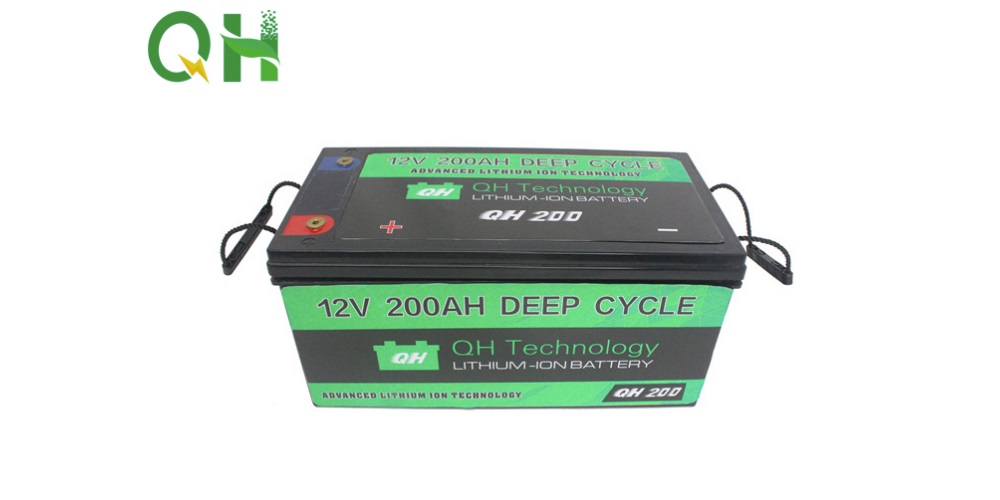Some people only use their LiFepo4 batteries during certain times of the year, like when they go camping or ice fishing. In the off-season, some people commonly keep lithium batteries in storage. LiFePO4 batteries must be stored properly to prevent damage and maintain peak performance for years to come.
Store the Batteries Based on Temperature
If someone asked how will I store my LiFePO4 batteries, the simple answer would be it depends on the temperature and the time you store the batteries. Below are tips on how to store your battery:
- Store between 23 and 95 degrees Fahrenheit (-5 to +35 degrees Celsius).
- Keeping temperatures between -20 and +60 degrees Celsius (-4 and +140 degrees Fahrenheit) is safe for up to a month of storage.
- Temperatures between 0 and 35 degrees Celsius (32 and 95 degrees Fahrenheit) are suitable for storing items for up to three months.
- The temperature range of +15 to +35°C (59 to 95°F) allows for extended storage times.
Lithium batteries should be kept inside during the off-season. LiFePO4 batteries should be kept at a state of charge (SOC) of 50 percent or greater for storage. It is recommended to cycle batteries at least once every six months if they will be stored for an extended period. Batteries that have lost their charge should not be stored.
Disconnect The LiFePO4 Batteries Before Storing
In order to prevent damage to the batteries, many consumers install main switches. We advise you to go the extra mile and check that the batteries are really out of the device. This is because many recreational vehicles would still have components working in the background, such as the carbon dioxide sensor, illuminated stereo, or other emergency sensors, which could avoid the main disconnect switch. The lithium batteries should be stored with the primary positive and negative wires disconnected. In this way, the LiFePO4 batteries won’t lose any of their charges while sitting in storage and will be ready to go when you need them. Always use a lithium charger and not one designed for use with a different type of battery.
The self-discharge rate of LiFePO4 batteries is only 2% per month. A lithium battery will discharge at a rate of 2% per month if it is kept in a storage condition. We advise turning off all power sources to the batteries to keep the discharge rate from increasing. LiFePO4 batteries should be stored at a state of charge (SOC) of 50% or greater. When keeping for a long time, a fuller battery is preferable. It is recommended to completely charge batteries before storing them to ensure they retain a high charge level once the storage period has ended.
Store LiFePO4 Batteries Indoors at Room Temperature
High temperatures won’t damage lithium cells if the battery pack isn’t being used. Because the ABS shell of the battery pack could potentially shatter if exposed to extremely cold temperatures for an extended period, we do not advise storing lithium batteries in such conditions. Additionally, temperatures above 60°C (140°F) might damage other components in the battery pack. Therefore it is recommended to avoid them for extended periods of time. Lithium batteries should be kept in a cool, dry place away from extreme temperatures.










